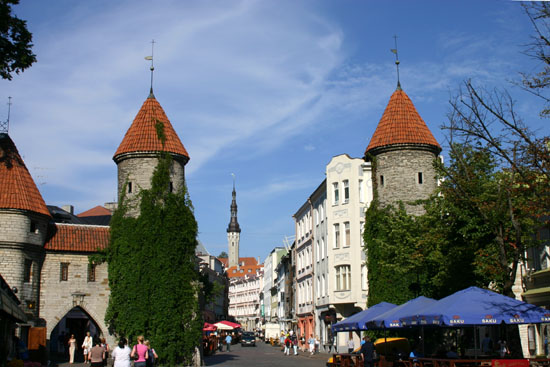
Estonia

All three of the Baltic countries have well preserved old towns that are very popular with the
tourists.
Old Town
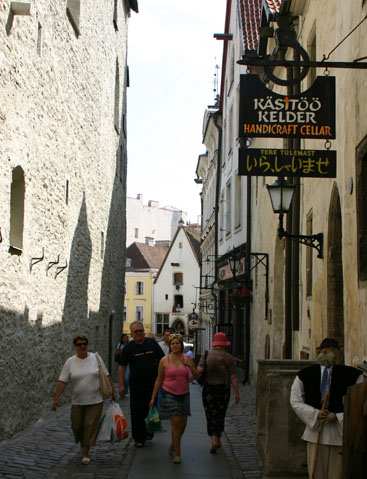
The cobble stone streets are lined with souvenir shops and
restaurants. This shop even has "welcome" written in Japanese.
Town Square
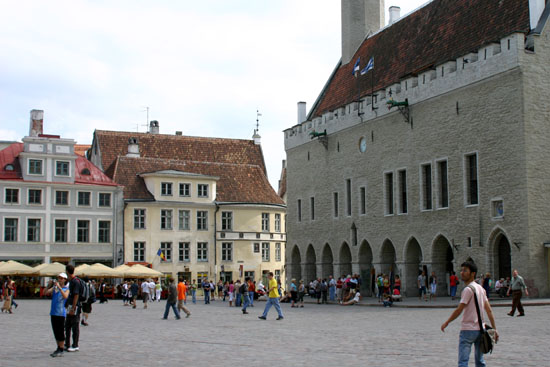
With the demise of the Soviet Union in 1991, the Baltic states became independent countries.
The Estonians are primarily Lutheran. In appearance and personality, they are much like the
Finns.
Souvenirs
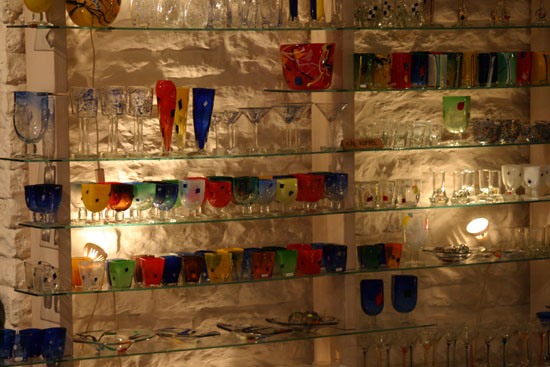
Capitalism has been a big success in these former communist countries. After independence
fifteen years ago, the people wasted no time learning English to capitalize on the potential for
tourism, which has made big contributions to their economies.
The Baltic Islands
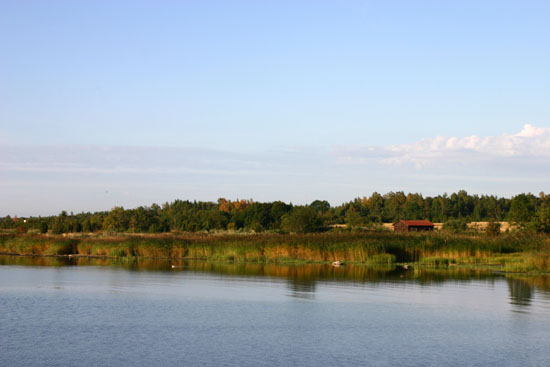
There are several rather remote and very beautiful islands in the Baltic Sea off the coast of
Estonia.
Old Farms
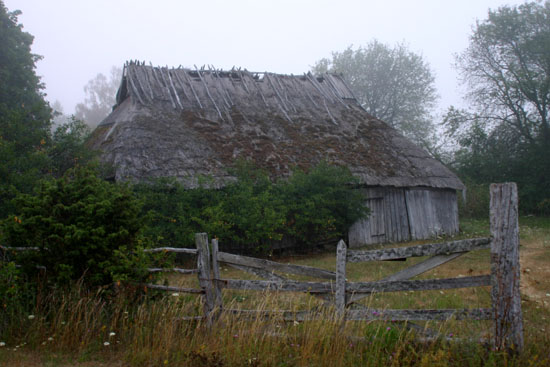
A number of picturesque old farm houses dot the countryside. Most are either derelict or
restored to welcome tourists.
Windmills
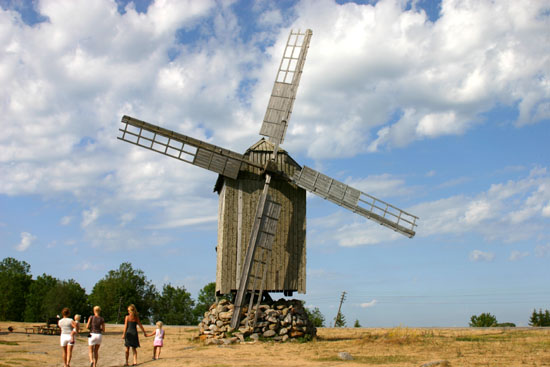
Several old windmills have been restored for the tourists.
Abandoned Soviet Bunkers
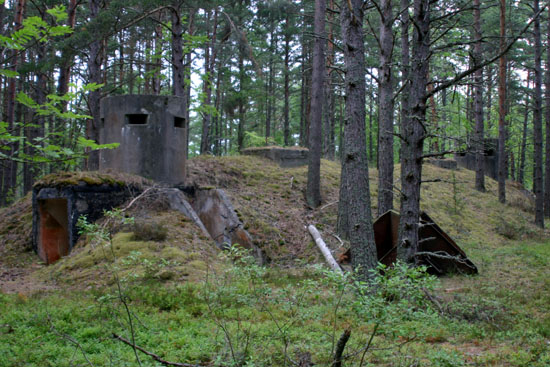
On the northern tip of the most northern Estonian island there are several abandoned bunkers
and gun emplacements.
Back to the Cold War
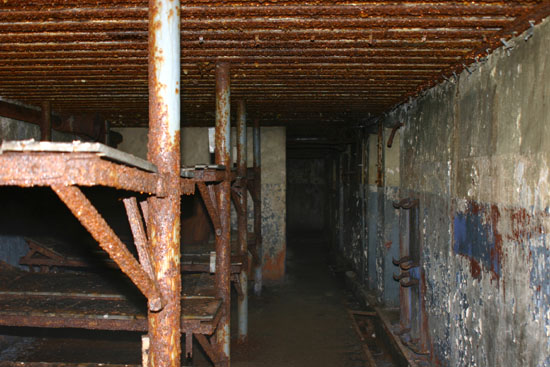
With an adequate flashlight you can walk through the labyrinth of passages in the abandoned
military facilities. It is dark, damp, dead silent, and eerie.
Baltic Style Protest
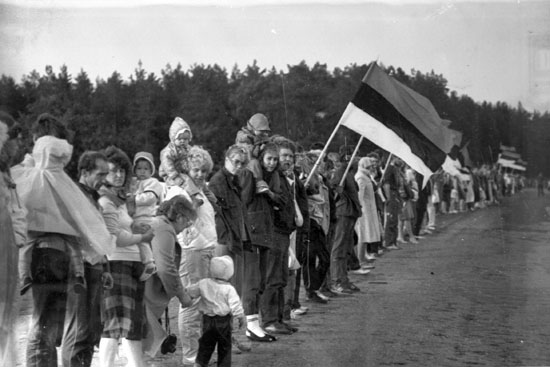
In 1989, two years before the demise of the Soviet Union, the people of the three Baltic nations
protested their subjugation by forming a 400-mile-long line of almost two million people holding
hands. It stretched from Vilnius, Lithuania, through Riga, Latvia, and ended in Tallinn, Estonia.
They sang songs in protest. The Balts are like that. Gandhi would be proud of them.